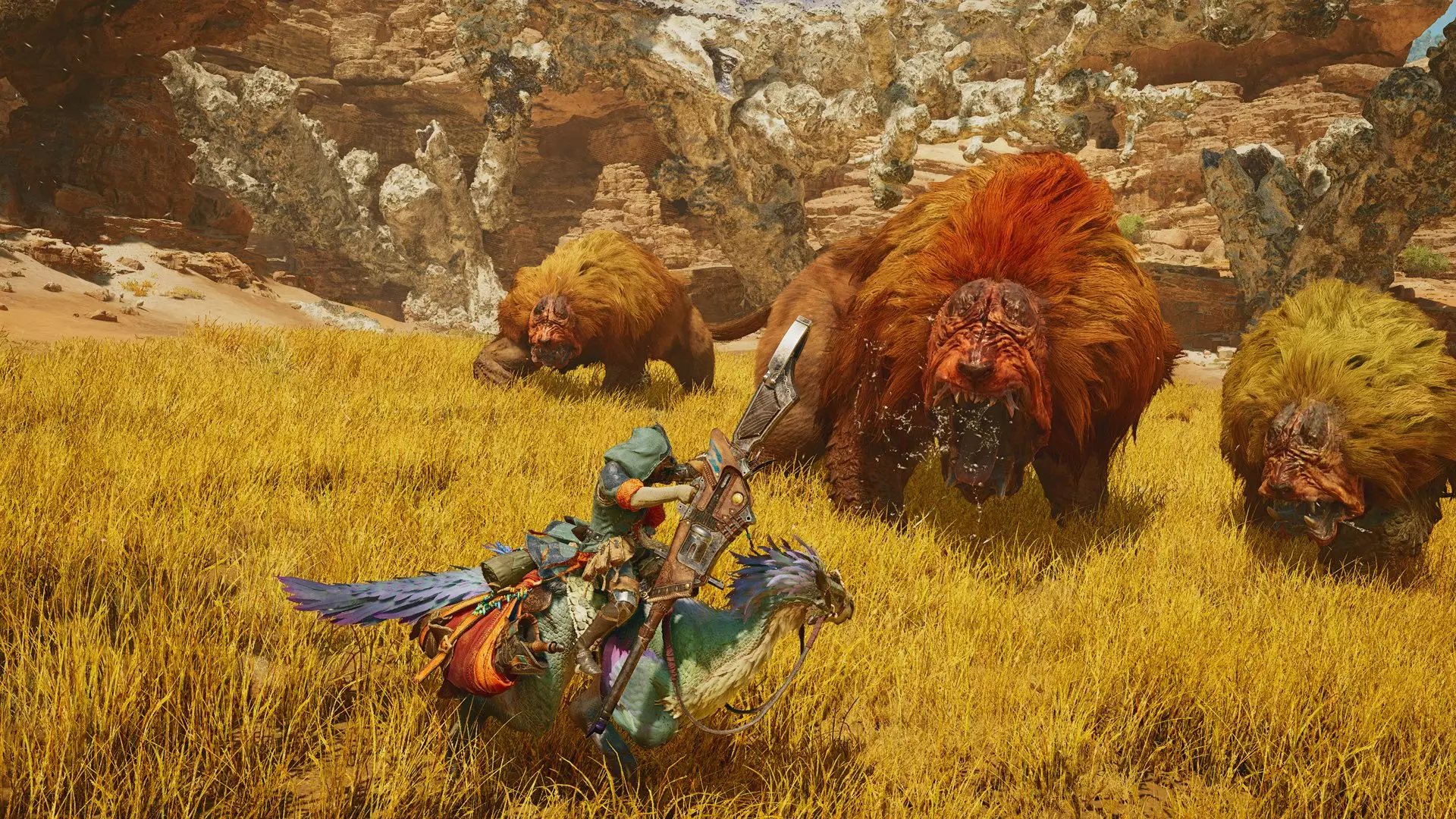The beloved *Monster Hunter* series has long captivated audiences with its intricate ecosystems and exhilarating hunts. With the imminent release of *Monster Hunter Wilds*, Capcom is not merely seeking to continue the franchise’s legacy but rather to redefine it entirely. Building on the monumental success of *Monster Hunter World*, this ambitious addition promises to deliver a fresh, exhilarating experience by introducing an array of dynamic systems that revolve around environmental changes and realism.
A Shift in Gameplay Foundations
One of the standout features in *Monster Hunter Wilds* is the integration of dynamic environments, a significant leap from the more static settings of previous titles. Each locale will undergo seasonal transformations represented by three distinct climate types: Fallow, Inclemency, and Plenty. These variations reorder fundamental gameplay mechanics as they alter terrain conditions, monster behavior, and hunting strategies. Capcom’s focus on the shifting climate aims to mirror our natural world, highlighting the duality of nature’s beauty and ferocity.
Producer Ryozo Tsujimoto emphasized that this shift was not merely a cosmetic enhancement but a purposeful design decision intended to infuse more depth into player strategies. By making the environment react organically to changes, players will be challenged to constantly adapt, fostering a sense of immersion and urgency that resonates with real-world hunting scenarios. This is not just about slaying monsters; it’s about surviving and thriving in an unpredictable habitat.
The development of *Monster Hunter Wilds* faced unique challenges, particularly due to the global pandemic, which limited traditional research avenues. Nevertheless, the team persevered, conducting extensive analysis of diverse ecosystems through available resources and data. Although the usual overseas trips were off-limits, they meticulously conceptualized various environmental scenarios, contemplating how different conditions impact flora, fauna, and monster dynamics.
Realism is at the forefront of design ideas, as studio members drew inspiration from actual wildlife, analyzing behavioral patterns and adaptations in animals. The development team did not merely rest on their laurels of creativity but instead embedded realism into the construct of fantastical creatures. This investigation extended to biological adaptations, fostering a stronger connection between the creatures in *Monster Hunter Wilds* and their real-world counterparts.
Tsujimoto discussed the importance of blending fantasy with realism to produce believable creatures in the *Monster Hunter* universe. Each monster is designed reflecting specific biological traits and survival strategies seen in their real-life equivalents. For instance, their body shapes, adaptive features, and hunting strategies are rooted in actual animal behavior. This meticulous attention to detail enhances players’ experiences, making each encounter feel unique and grounded in reality.
As players track an otherworldly beast across heterogeneous terrains, the design intricacies come alive, allowing them to appreciate the complexities of an ecosystem filled with both challenges and triumphs. The intention is not only to hunt monsters but to understand how they fit within the vibrant tapestry of the game world’s ecology.
Looking Forward: Expanding the Hunter’s Journey
In many ways, the innovative principles behind *Monster Hunter Wilds* reflect a desire to elevate the series to new heights while continuing to honor its roots. Tsujimoto conveyed a palpable excitement regarding the game’s potential, signaling an eagerness not just to see how players navigate this new landscape but also to explore the game’s capacity for fostering creative and strategic gameplay.
As the release date approaches, anticipation grows among the player base. With each entry into the *Monster Hunter* franchise, Capcom makes a bold move—introducing new challenges, breaking down limitations, and embracing an evolving landscape of gaming mechanics. By cultivating a dynamic intersection of strategy, environment, and creature design, *Monster Hunter Wilds* is poised to deliver a transformative player experience, bringing both old and new hunters together in this exhilarating shared world.
*Monster Hunter Wilds* stands as a testament to Capcom’s commitment to innovation, bridging the chasm between realism and fantasy and preparing enthusiasts for a new chapter that promises not only excitement but also an immersive understanding of the world within the game. As anticipation builds, it is clear that this latest installment may redefine what it means to be a hunter.

